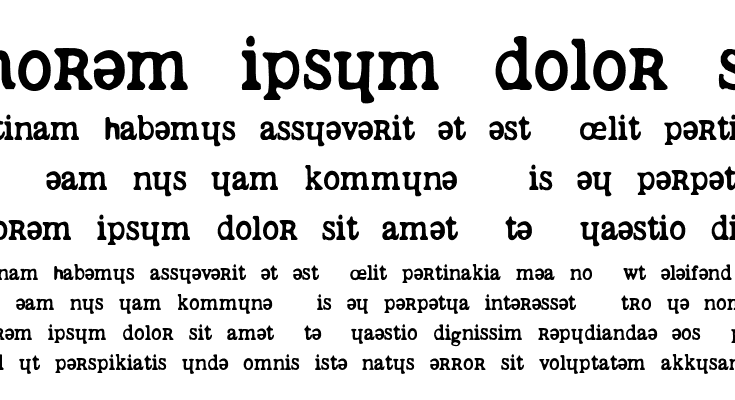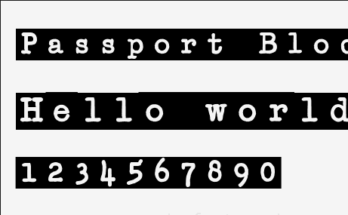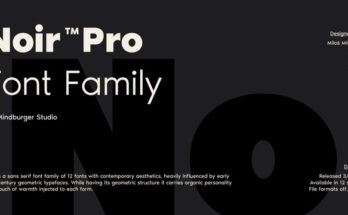Phon Regular Font is a humanist sans serif typeface designed by Steve Matteson, the director of ascender corp. The font was made to have an upright pressure and open bureaucracy with a neutral yet pleasant look.
Phon Regular has been optimized for user interfaces and is relaxed for studying on a cellular handset. It can be used in menus, internet browser, or any other type of text displayed on screen with ease.
Phon Regular Font Family

Instead of being designed by Matt McInerney to be a thin weight font, it became multiplied into an 9-weight family powered up by Pablo Impeller and Rodrigo.
check this font: SugarFree Handmade Font Free Download
Over the last few days we’ve browsed through dozens of type foundries, studied our way thru many designers’ articles about typography design, analyzed scores from fonts and visited bookmarked websites related to fonts for hours on end with no break in between!
Spotify underwent a complete makeover in 2015, replacing their old logo with an updated visual identity. The round typeface was abandoned for the new face-lift and customers were gradually weaned off of it by making Spotify less bold on its website – but they still see plenty of green around town!
The round has been an underground favorite for years, but Mint and Airbnb were the first major brands to use it in their rebrands. Spotify was really what made people take notice of its mainstream potential as a branding tool—and then they had me design some templates with ‘em all (at least most).
The “round” has been around for ages now; though only recently have companies like PayPal, Facebook, Starbucks and Nike incorporated them into their logos to make themselves more accessible than ever before. And I am here today because that’s where my expertise lies: designing beautiful brand identities using this trendy shape!
Also Download: Circus Font Family Free Download
Mint and Airbnb had long been rebranding with rounds, but Spotify made the change feel like a tipping point. I can’t say for sure that it was really what tipped them over into mainstream appeal because they were already popular in some circles before this happened.
I have no doubt you’re well aware by now just how seriously companies take their brand image when they decide to redesign themselves from scratch; after all, we live our lives through brands almost on a daily basis whether consciously or subconsciously – every time we swipe right (or left) instead of meeting someone at a bar somewhere.






